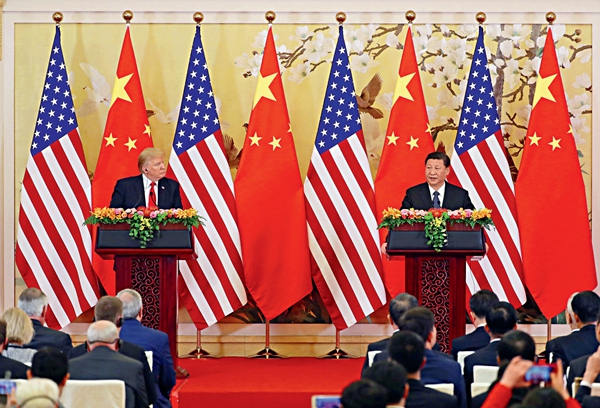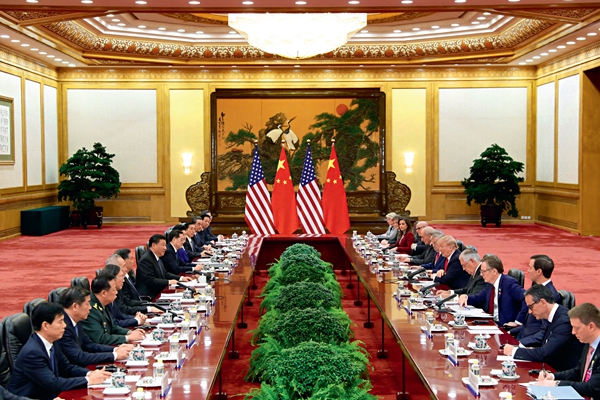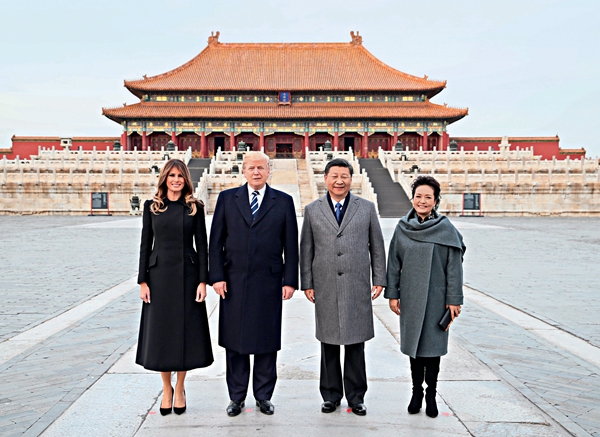Trump’s China Visit to Strengthen Cooperation
U.S. President Donald Trump visited China from November 8 to 10, creating a significant opportunity for the two countries to strengthen their cooperation that could also help shape a better future for the whole world.

President Xi says the meetings with President Trump have pointed the direction and drawn a blueprint for the future development of bilateral ties while meeting the press in Beijing on November 9, 2017.
During their talks, Chinese President Xi Jinping and President Trump agreed on maintaining the strategic leading role of head-of-state diplomacy in developing bilateral relations. The two sides also agreed to increase exchanges at various levels and give full play to the four high-level dialogue mechanisms – the diplomatic and security dialogue, the comprehensive economic dialogue, the law enforcement and cyber security dialogue, and the social and people-to-people dialogue.

Xi noted that the Sino-U.S. relations are “at a new historic starting point” and China is willing to work together with the U.S. to respect each other, seek mutual benefit and reciprocity, focus on cooperation, and manage and control differences. He also pointed out that Sino-U.S. economic and trade relations are mutually beneficial in nature, saying that cooperation brings huge gains to both countries and to their people.
Trump said the two countries have a great relationship and that their cooperation aligns with the fundamental interests of both, and is crucial to resolving world problems.

Xi and Trump witnessed the signing of agreements between Chinese and U.S. companies in sectors including energy, manufacturing, agriculture, aviation, electronics, and automobiles. The contracts and two-way investment agreements are worth more than US $250 billion.
- Experts Focus on "China in a New Era" at the Seventh World Forum on China Studies
- China, Maldives to increase Belt and Road cooperation
- B&R Initiative a win-win boost for China-Australia cooperation -- fmr Australian minister
- China, Canada agree to issue joint statement on climate change
- Xi calls on world political parties to build community with shared future for mankind
